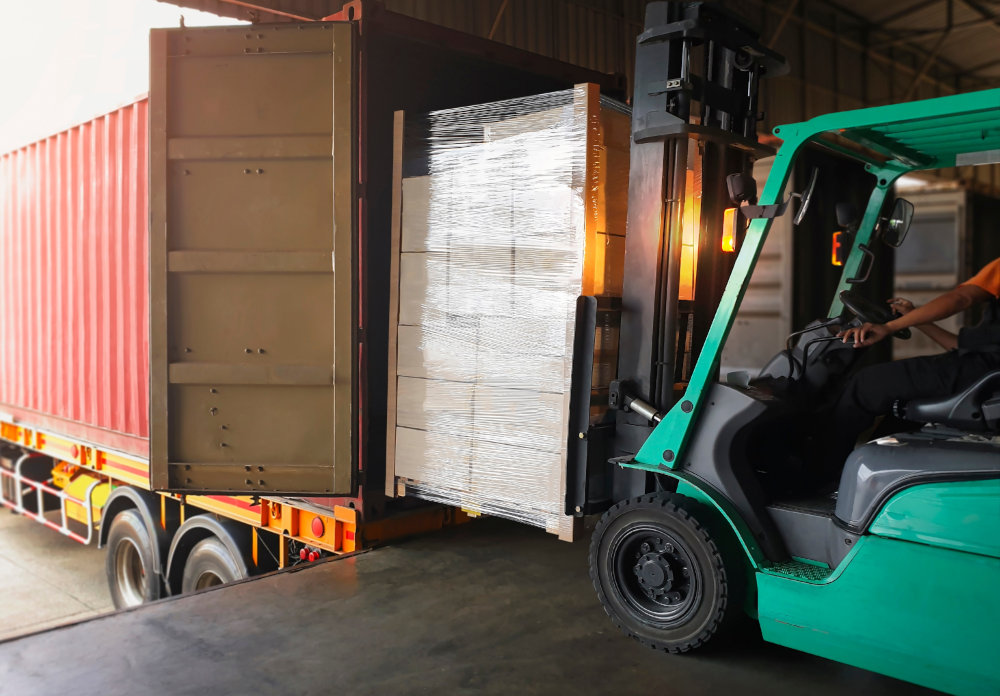Transloading is a logistics process where cargo is transferred from one mode of transportation to another, typically to optimize shipping routes or reduce costs. This method is especially useful in global trade, where goods may need to move between ships, trains, and trucks. Transloading allows for seamless movement of freight across different transportation networks, providing flexibility and efficiency when direct shipping methods are unavailable or too costly.
One of the key advantages of transloading is its ability to streamline supply chains. For example, goods arriving at a coastal port by ship can be transloaded onto rail for long-haul inland transportation, and then moved by truck for final delivery. This reduces the need for long-distance trucking, which is often more expensive and less environmentally friendly than rail transport. Transloading facilities are strategically located near ports, rail yards, and highways to facilitate quick and efficient transfers.
Transloading also provides benefits in managing inventory and adjusting to demand. Companies can consolidate shipments, break down large loads into smaller ones, or switch to different packaging at transloading sites. This flexibility helps businesses respond to regional market needs and navigate disruptions in supply chains. Overall, transloading is a critical element in modern logistics that enhances distribution agility while controlling costs and improving delivery times.

